If you own a piece of 1940's bedroom furniture, you may be wondering what it's worth. Whether you inherited it from a relative or purchased it at an antique store, determining the value of vintage and antique furniture can be a complex process. In this article, we will explore the value of 1940's bedroom furniture and provide tips for identifying, buying, and selling these pieces.1940's Bedroom Furniture Value: What It's Worth
The first step in determining the value of your 1940's bedroom furniture is to identify the style and period it belongs to. This can help you understand the historical and aesthetic context of the piece, which can affect its value. Some popular styles of 1940's bedroom furniture include Art Deco, Mid-Century Modern, and Hollywood Regency. Next, examine the condition of the furniture. Is it in its original state or has it been restored? Original pieces are typically more valuable than restored ones. Also, take note of any damage or wear and tear, as this can significantly decrease the value of the furniture. Another factor to consider is the materials used in the construction of the furniture. Solid wood pieces, such as walnut, cherry, and mahogany, tend to hold their value better than those made of particle board or laminate. Additionally, look for any unique or rare features in the design that may increase its value.How to Determine the Value of Your 1940's Bedroom Furniture
Antique and vintage furniture are often categorized as pieces that are over 100 years old and 20-99 years old, respectively. The age of the furniture can significantly impact its value, as older pieces are often considered more valuable due to their rarity. One way to identify and value antique and vintage furniture is to consult with an expert appraiser or use online resources, such as price guides and auction records. These resources can provide you with a general idea of the value of your furniture, but keep in mind that the condition and specific details of your piece may affect its value.Identifying and Valuing Antique and Vintage Furniture
There are several factors that can affect the value of antique furniture, including its age, condition, rarity, and historical significance. Additionally, the current market demand for a particular style or type of furniture can also impact its value. For example, Mid-Century Modern furniture has seen a surge in popularity in recent years, making it more valuable in today's market. Other factors that can affect the value of antique furniture include the reputation of the manufacturer or designer, provenance (the history of ownership), and any unique or rare features. It's essential to consider all of these factors when determining the value of your antique furniture.Factors That Affect the Value of Antique Furniture
If you're looking to sell your antique furniture, it's essential to know its value. One way to find the value of antique furniture is to research recent sales of similar pieces. You can also consult with antique dealers or auction houses for a professional appraisal. Another option is to use online resources, such as price guides and auction records. These resources can provide a general idea of the value of your furniture, but keep in mind that the condition and specific details of your piece may affect its value.How to Find the Value of Antique Furniture
Whether you're buying or selling antique furniture, it's essential to do your research and be knowledgeable about the market. When purchasing antique furniture, make sure to inspect the piece thoroughly and ask for any documentation or provenance that may increase its value. When selling antique furniture, consider consulting with an appraiser and using reputable dealers or auction houses. Also, be realistic about the value of your furniture and be prepared to negotiate with potential buyers.Tips for Buying and Selling Antique Furniture
The market for antique furniture is constantly changing, with trends and demand shifting over time. It's essential to stay informed about current market trends and demand for certain styles of furniture. This can help you determine the best time to buy or sell your antique furniture. Additionally, certain factors, such as economic conditions and supply and demand, can also affect the market for antique furniture. It's important to consider these factors when buying or selling your furniture to get the best value.Understanding the Market for Antique Furniture
If you're looking to determine the value of your antique furniture, there are several steps you can take. Start by researching similar pieces and consulting with experts or using online resources. Consider the condition, age, materials, and unique features of your furniture to get a realistic estimate of its value. Keep in mind that the value of antique furniture can also fluctuate, so it's essential to reassess its value periodically and consider current market trends.Determining the Value of Your Antique Furniture
If you own valuable antique furniture, it's essential to have it appraised and insured. An appraiser can provide you with a professional estimate of the value of your furniture and documentation that can be used for insurance purposes. Make sure to choose an appraiser with expertise in antique furniture and a good reputation. Additionally, consider insuring your furniture for its full value to protect your investment.Appraising and Insuring Your Antique Furniture
If you're a collector of antique furniture, there are several ways you can maximize the value of your collection. First, make sure to properly care for and maintain your furniture to preserve its condition. This can significantly affect its value in the long run. Additionally, stay informed about market trends and consider selling your furniture at the right time to get the best value. Networking with other collectors and attending antique furniture fairs and auctions can also help you find valuable pieces to add to your collection.Maximizing the Value of Your Antique Furniture Collection
The Value and Significance of 1940's Bedroom Furniture

The 1940’s: A Decade of Design and Innovation
 The 1940’s was a significant decade for furniture design, as it marked a shift towards functionality and simplicity. With World War II taking place, materials and resources were limited, leading to a more practical and minimalistic approach to furniture design. This era saw the rise of the mid-century modern style, which is still highly sought after and valued today.
1940’s Bedroom Furniture: A Reflection of Timeless Elegance
One of the most coveted pieces of furniture from the 1940’s is bedroom furniture. This is because it not only reflects the design trends of the era, but also showcases the timeless elegance and sophistication that was prevalent during that time. The clean lines, sleek finishes, and geometric shapes of 1940’s bedroom furniture make it a perfect addition to any modern home.
The 1940’s was a significant decade for furniture design, as it marked a shift towards functionality and simplicity. With World War II taking place, materials and resources were limited, leading to a more practical and minimalistic approach to furniture design. This era saw the rise of the mid-century modern style, which is still highly sought after and valued today.
1940’s Bedroom Furniture: A Reflection of Timeless Elegance
One of the most coveted pieces of furniture from the 1940’s is bedroom furniture. This is because it not only reflects the design trends of the era, but also showcases the timeless elegance and sophistication that was prevalent during that time. The clean lines, sleek finishes, and geometric shapes of 1940’s bedroom furniture make it a perfect addition to any modern home.
The Value of 1940’s Bedroom Furniture Today
 In today’s market, 1940’s bedroom furniture holds a high value and is considered a valuable investment for any homeowner or collector. Its timeless design and quality craftsmanship make it a highly sought after item. The scarcity of 1940’s bedroom furniture also adds to its value, as it is not as readily available as more modern pieces.
Factors that Affect the Value of 1940’s Bedroom Furniture
Several factors contribute to the value of 1940’s bedroom furniture. These include the condition of the piece, its rarity, the quality of materials and craftsmanship, and its historical significance. Pieces that are well-preserved and in excellent condition are likely to have a higher value, as they are a true representation of the design and craftsmanship of the era.
In today’s market, 1940’s bedroom furniture holds a high value and is considered a valuable investment for any homeowner or collector. Its timeless design and quality craftsmanship make it a highly sought after item. The scarcity of 1940’s bedroom furniture also adds to its value, as it is not as readily available as more modern pieces.
Factors that Affect the Value of 1940’s Bedroom Furniture
Several factors contribute to the value of 1940’s bedroom furniture. These include the condition of the piece, its rarity, the quality of materials and craftsmanship, and its historical significance. Pieces that are well-preserved and in excellent condition are likely to have a higher value, as they are a true representation of the design and craftsmanship of the era.
Preserving the Value of 1940’s Bedroom Furniture
 If you are lucky enough to own a piece of 1940’s bedroom furniture, it is essential to take proper care of it to maintain its value. This includes avoiding harsh chemicals or abrasive cleaners, and regularly dusting and polishing the furniture. It is also advisable to seek professional restoration services if any damage occurs, as this can help preserve the value of the piece.
In Conclusion
The value of 1940’s bedroom furniture goes beyond its monetary worth. It is a testament to the design and innovation of that era and holds a special place in the history of furniture design. Whether you are a collector or a homeowner looking to add a touch of timeless elegance to your space, 1940’s bedroom furniture is a valuable and worthwhile investment.
If you are lucky enough to own a piece of 1940’s bedroom furniture, it is essential to take proper care of it to maintain its value. This includes avoiding harsh chemicals or abrasive cleaners, and regularly dusting and polishing the furniture. It is also advisable to seek professional restoration services if any damage occurs, as this can help preserve the value of the piece.
In Conclusion
The value of 1940’s bedroom furniture goes beyond its monetary worth. It is a testament to the design and innovation of that era and holds a special place in the history of furniture design. Whether you are a collector or a homeowner looking to add a touch of timeless elegance to your space, 1940’s bedroom furniture is a valuable and worthwhile investment.















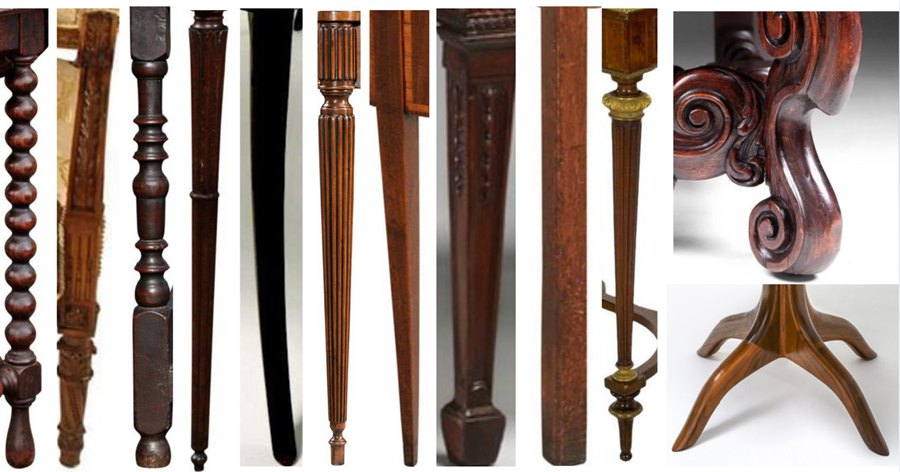




/restoring-antique-resized-589d208b5f9b58819caa520c.jpg)
/Antique-dresser-GettyImages-533471018-58c9b5f05f9b581d72f638b9.jpg)

















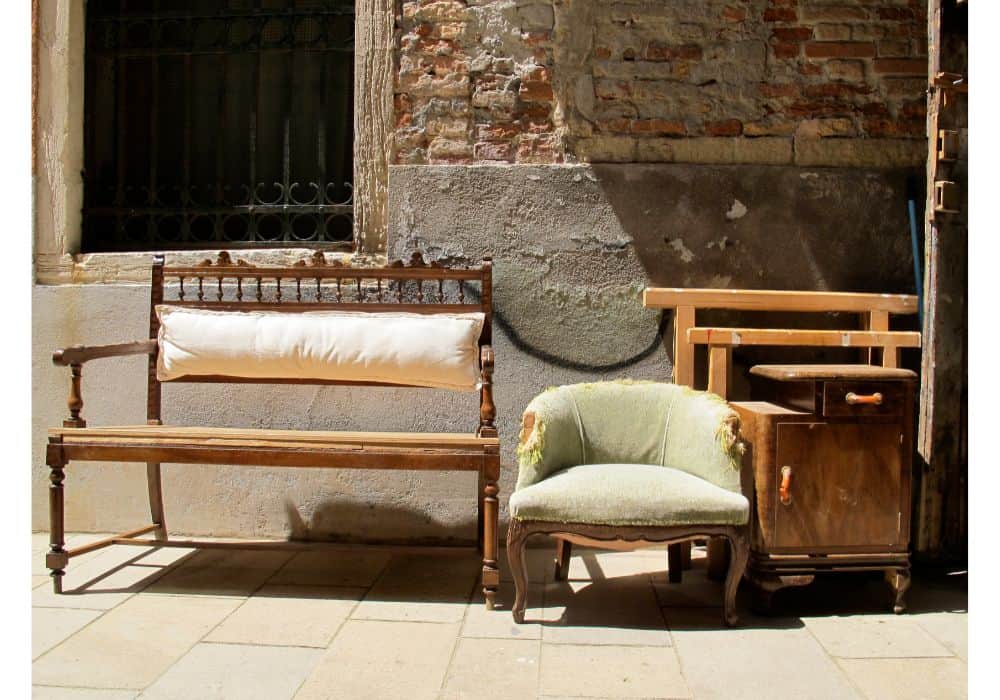





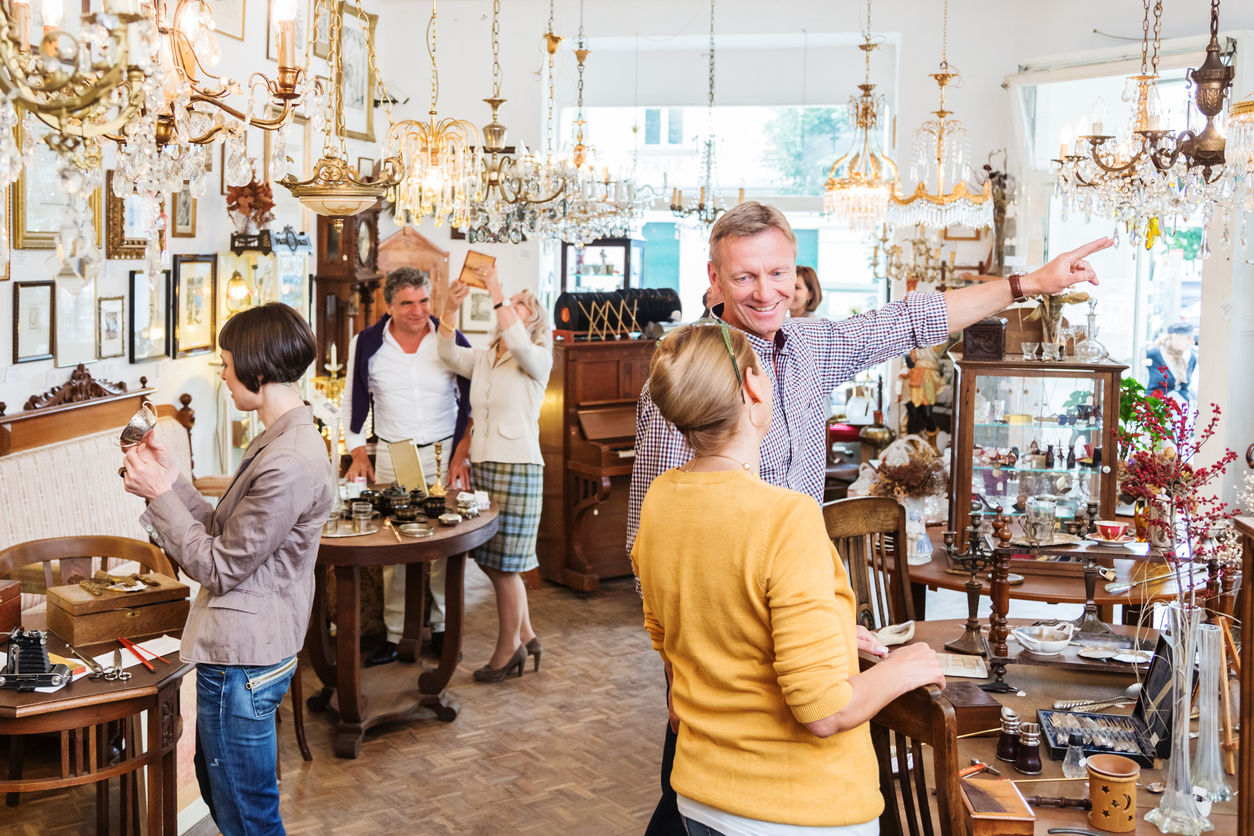







/AndreasvonEinsiedel-antiquedresser-5bbd12e5c9e77c002695211c.jpg)






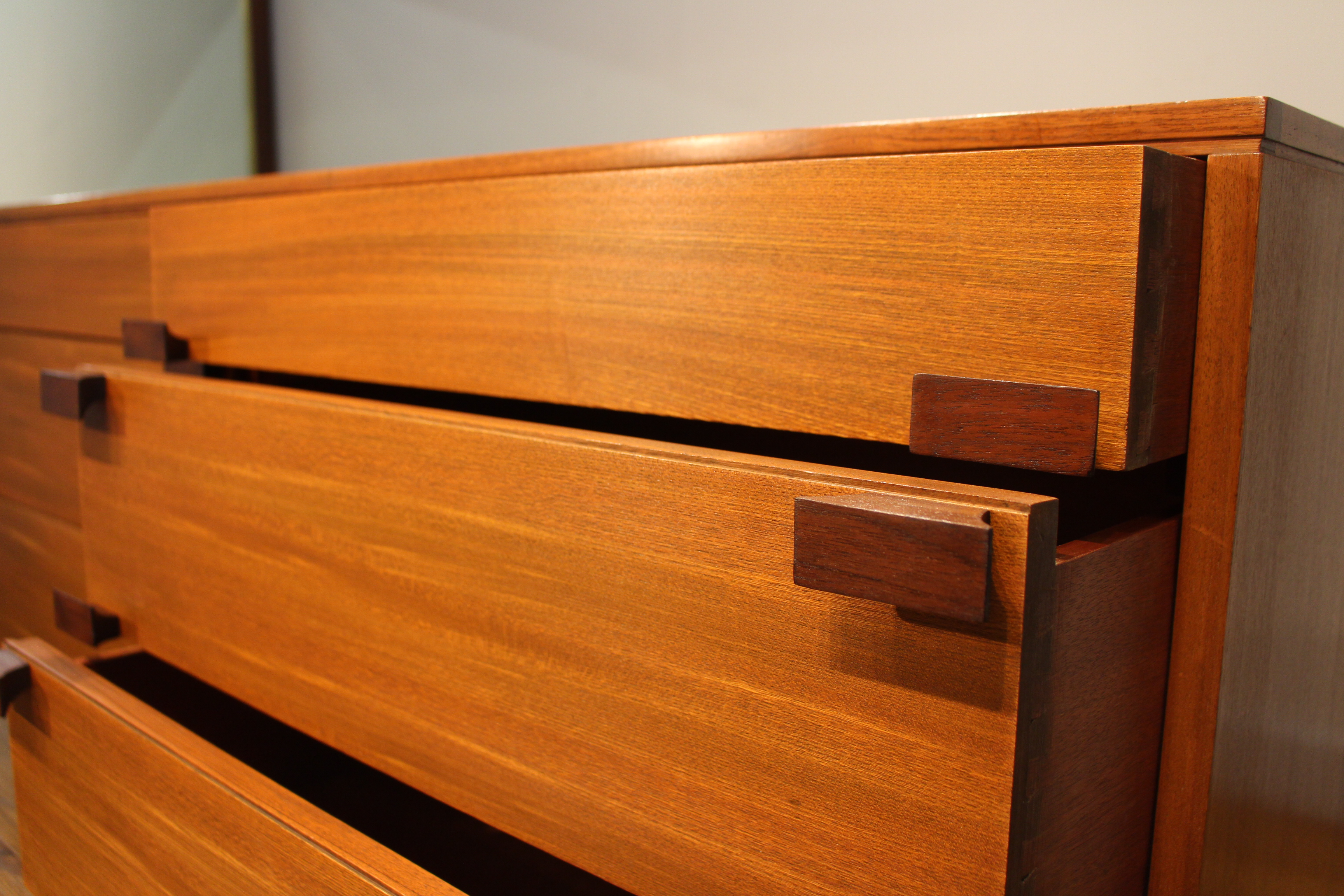










/determine-the-age-of-antique-furniture-148746_final-5b3a6cfbc9e77c00540c6c35.png)






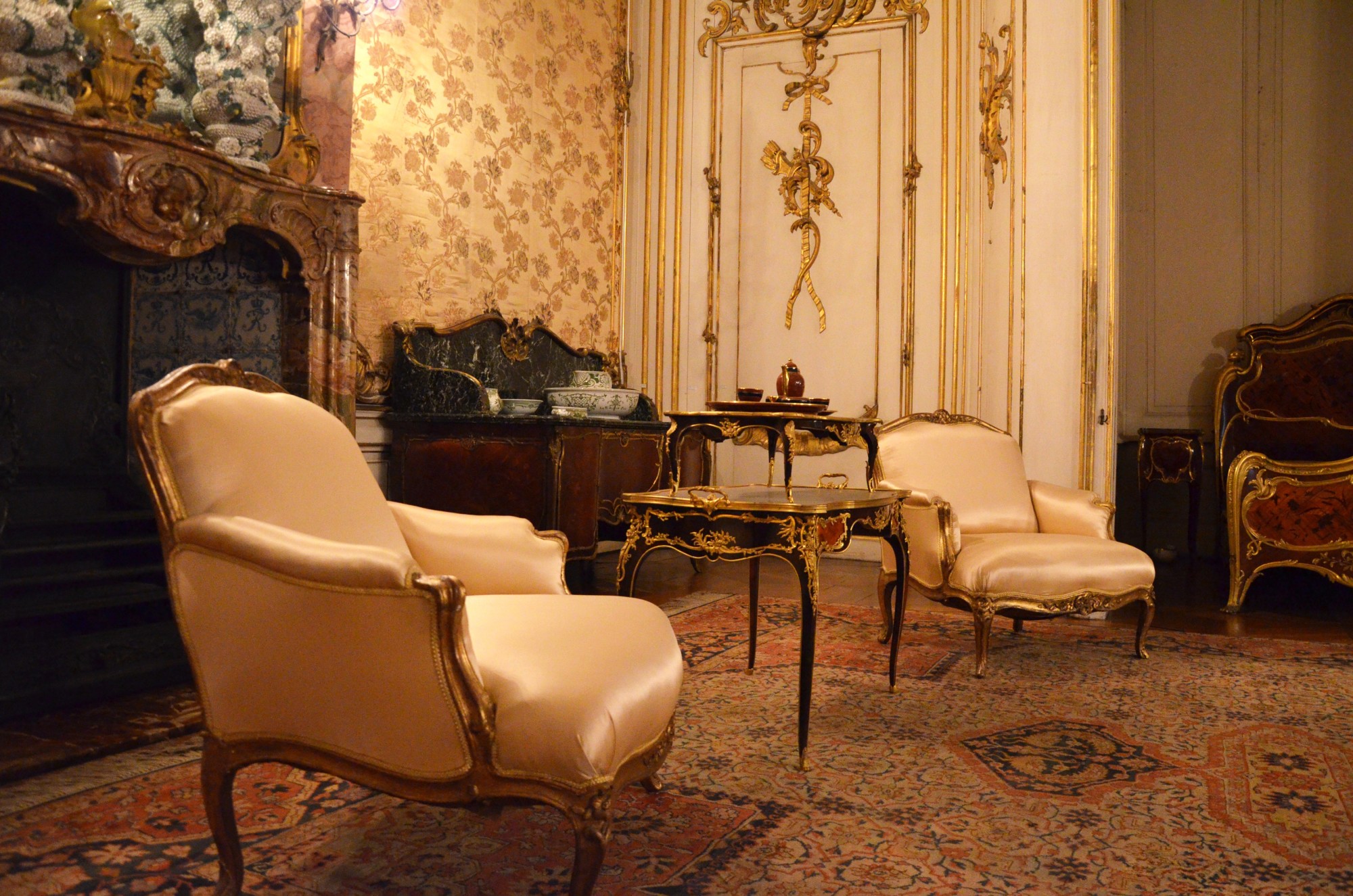












/172788935-56a49f413df78cf772834e90.jpg)




